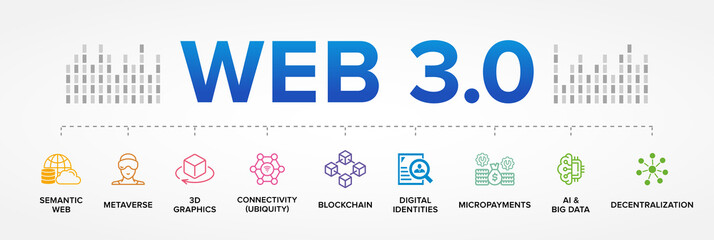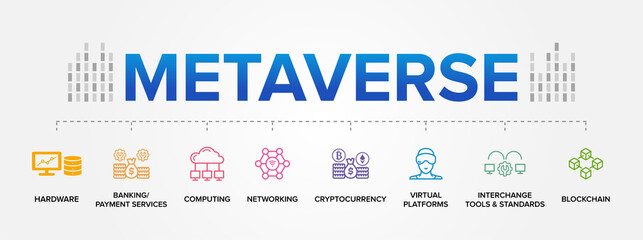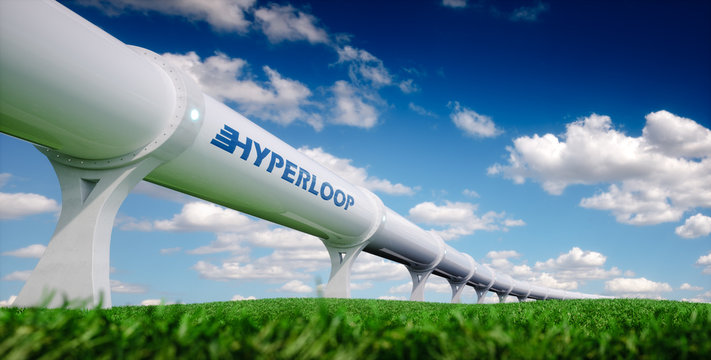In the rapidly evolving landscape of the internet, two concepts have emerged as frontrunners in shaping the future of digital interaction: Web3 and the Metaverse. In this article, we’ll explore what these terms mean, how they’re interconnected, and what implications they hold for the future of technology and society.
1. Introduction to Web3 and Metaverse
Definition and Overview
Web3 refers to a decentralized version of the internet, built on blockchain technology and protocols that enable peer-to-peer interactions without the need for intermediaries. On the other hand, the Metaverse is a collective virtual shared space, created by the convergence of virtual reality, augmented reality, and the internet.
Historical Background
The concept of Web3 traces its roots back to the invention of Bitcoin and blockchain technology in 2008, which laid the foundation for decentralized applications and cryptocurrencies. Similarly, the idea of the Metaverse has been popularized by science fiction literature and media, envisioning a digital realm where users can interact and explore immersive virtual environments.

2. Understanding Web3
Decentralization and Blockchain
At the core of Web3 is the principle of decentralization, which aims to distribute power and control away from centralized authorities towards individual users and communities. Blockchain technology, a decentralized ledger system, serves as the underlying infrastructure for Web3 applications, enabling transparent and tamper-proof transactions.
Cryptocurrencies and Tokens
Cryptocurrencies and tokens play a crucial role in the Web3 ecosystem, serving as digital assets that can be exchanged, stored, and utilized within decentralized networks. Examples include Bitcoin, Ethereum, and a myriad of utility and governance tokens issued by blockchain projects.

3. Exploring the Metaverse
Definition and Origins
The Metaverse is a virtual universe where users can interact with each other and digital objects in real-time, blurring the boundaries between physical and digital realities. It draws inspiration from virtual worlds such as Second Life and the immersive environments depicted in science fiction novels like Snow Crash.
Current Landscape
Platforms like Decentraland, CryptoVoxels, and Roblox are leading the charge in building the Metaverse, offering users the ability to create, explore, and monetize virtual spaces. From virtual concerts and art galleries to virtual real estate and commerce, the Metaverse encompasses a wide range of activities and experiences
4. Convergence of Web3 and Metaverse
Synergies and Integration
Web3 and the Metaverse are inherently intertwined, with blockchain technology providing the infrastructure for decentralized virtual worlds and digital economies. Concepts such as digital ownership and identity, enabled by blockchain-based NFTs (Non-Fungible Tokens), are driving new forms of interaction and commerce within virtual environments.
Potential Impact
The convergence of Web3 and the Metaverse has far-reaching implications for various industries and sectors. From finance and gaming to entertainment and education, decentralized virtual worlds offer opportunities for innovation, collaboration, and economic empowerment.
Also check out : Blockchain and AI: Stronger Together
5. Challenges and Opportunities
Technical Hurdles
Despite its potential, the adoption of Web3 and the Metaverse faces several technical challenges, including scalability, interoperability, and user experience. Overcoming these hurdles will require ongoing research and development efforts to enhance the infrastructure and usability of decentralized systems.
Regulatory and Legal Considerations
As Web3 and the Metaverse continue to evolve, regulatory and legal frameworks must adapt to address emerging issues such as privacy, data protection, and intellectual property rights. Clear guidelines and standards are needed to ensure the responsible and ethical development of decentralized technologies.
Also check out : AI and Realism: Exploring the Convergence of Technology and Perception
6. Future Outlook
Emerging Trends
NFTs and digital assets are expected to play a central role in the future of Web3 and the Metaverse, facilitating the creation, ownership, and exchange of unique digital content. Decentralized social networks and virtual economies are also poised to reshape the way we interact and transact online.
Predictions and Speculations
Looking ahead, experts predict a proliferation of decentralized applications and virtual experiences, fueled by advances in blockchain technology and virtual reality. Virtual economies are projected to grow exponentially, offering new avenues for monetization and value creation within digital ecosystems.
Conclusion
In summary, Web3 and the Metaverse represent the next frontier of the internet, offering decentralized and immersive experiences that redefine how we connect, create, and collaborate online. As these technologies continue to evolve, they hold the potential to revolutionize industries, empower individuals, and shape the future of digital civilization.

FAQs (Frequently Asked Questions
- What are some examples of Web3 applications? Examples of Web3 applications include decentralized finance (DeFi) platforms, decentralized exchanges (DEXs), and blockchain-based social networks.
- How does blockchain technology enable the Metaverse? Blockchain technology provides the underlying infrastructure for digital ownership, identity, and transactions within virtual worlds, ensuring transparency, security, and interoperability.
- What are NFTs and how do they relate to the Metaverse? NFTs, or Non-Fungible Tokens, are unique digital assets that represent ownership of digital content such as artwork, collectibles, and virtual real estate. They play a central role in the Metaverse by enabling creators and users to buy, sell, and trade digital assets.
- Are there any privacy concerns associated with the Metaverse? Privacy concerns in the Metaverse include issues related to data collection, surveillance, and identity theft. As virtual worlds become more immersive and interconnected, protecting user privacy and security will be paramount.
- How can individuals get involved in the development of Web3 and the Metaverse? Individuals can get involved in the development of Web3 and the Metaverse by learning about blockchain technology, participating in decentralized communities and projects, and exploring virtual worlds and platforms. Additionally, contributing to open-source projects, attending conferences and meetups, and staying informed about industry developments are valuable ways to engage with these emerging technologies.





